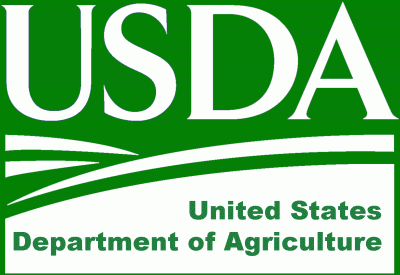Policy
The coffee sector has historically played a large role in Colombia’s economic success, providing a livelihood for an estimated 500 thousand producers and their families, providing FEDECAFE with significant political influence.
A majority of growers are members of FEDECAFE and take advantage of the organization’s educational programs, technical training, and sales support. FEDECAFE purchases coffee from its members at an internal price which parallels the international commodity market less some administrative and internal transport expenses.
Colombian coffee growers, facing considerable financial difficulties, initiated protests on February 25, 2013 to demand that the GOC recognize the sector’s hardships and provide financial assistance.
The negotiations resulted in an agreement by the GOC to establish a minimum internal floor price per bag paid to growers and an increased subsidy in the form of a direct payment to close the gap between the floor price and the growers’ break-even point.
The PIC subsidy agreement took effect on March 18, 2013, ensuring growers a minimum direct payment when the price paid to grower fell below COP700 thousand (US$363). Towards the end of April 2014, the internal FEDECAFE price per bag was COP863 thousand (US$447), above the PIC price floor trigger.
The government, therefore, has suspended the program. Since March 2013, the GOC has paid out about US$520 thousand to farmers under the PIC.
In April 2014, farmers threatened to protest once again, regardless of the rising coffee price. Farmers claimed that the GOC did not honor all the subsidy payments, input costs were too high, and debt burdens insurmountable.
A visit from Colombian President Juan Manuel Santos and negotiations with GOC agriculture officials motivated the farmers to stand down. The president announced that the GOC agrarian financial institutions, FINAGRO and the Agrarian Bank, would offer debt relief to all coffee farmers. However, to date, about US$32 thousand in overdue PIC payments are still being processed.
Other GOC and FEDECAFE programs to assist growers have focused on controlling coffee rust with the long-term goal of restoring coffee production to historical averages above 10 million bags GBE. FEDECAFE manages low interest loan programs for the costs of replanting; however, loans are allegedly only offered for planting the rust resistant Castillo variety.
This has caused some discontent with growers that would like access to loans to plant other varieties, given issues with the Castillo yields and cupping quality. The GOC also offers financial assistance for all agricultural commodities through the Rural Funding Incentive which provides loans with discounted payback terms.
Source: USDA Foreign Agricultural Service


















